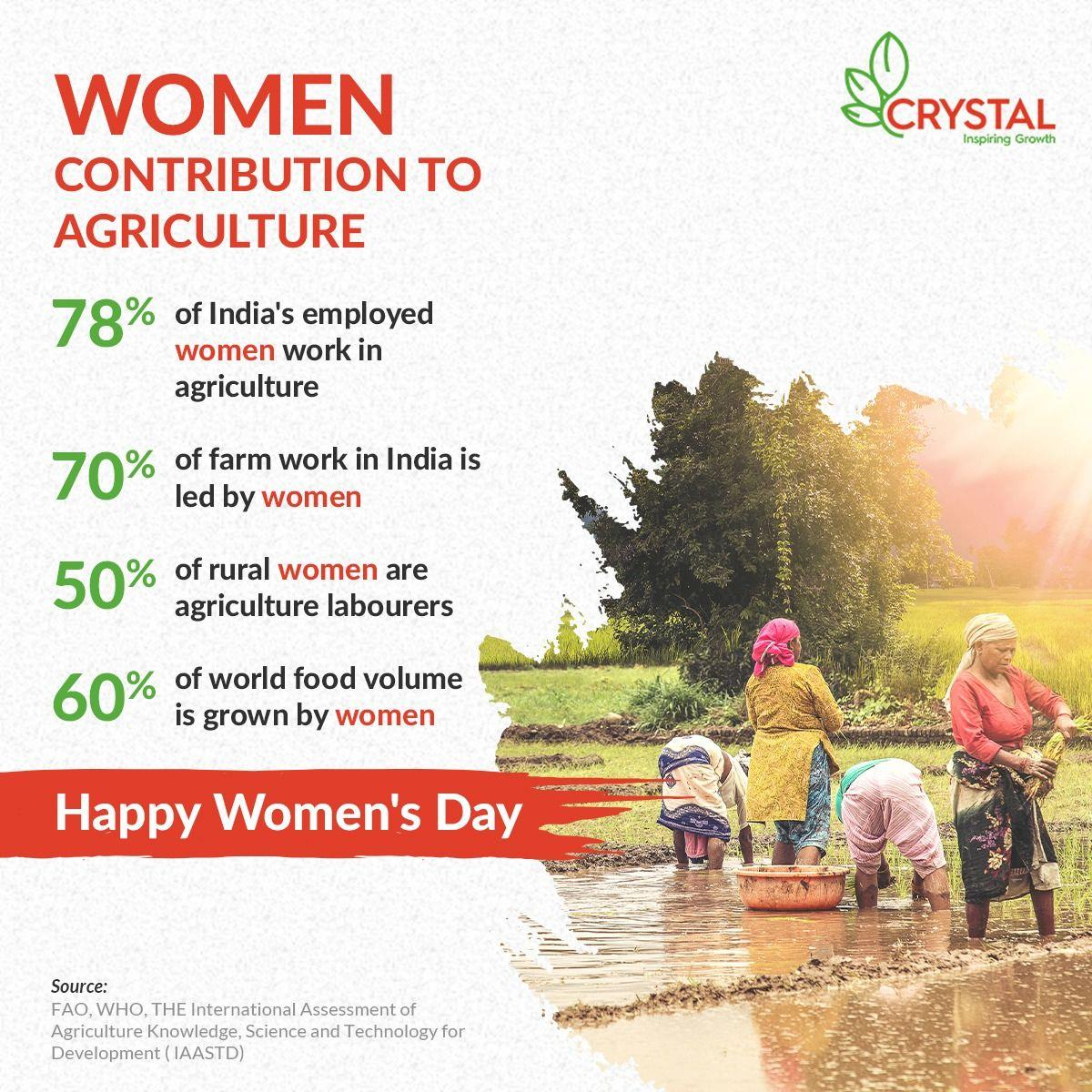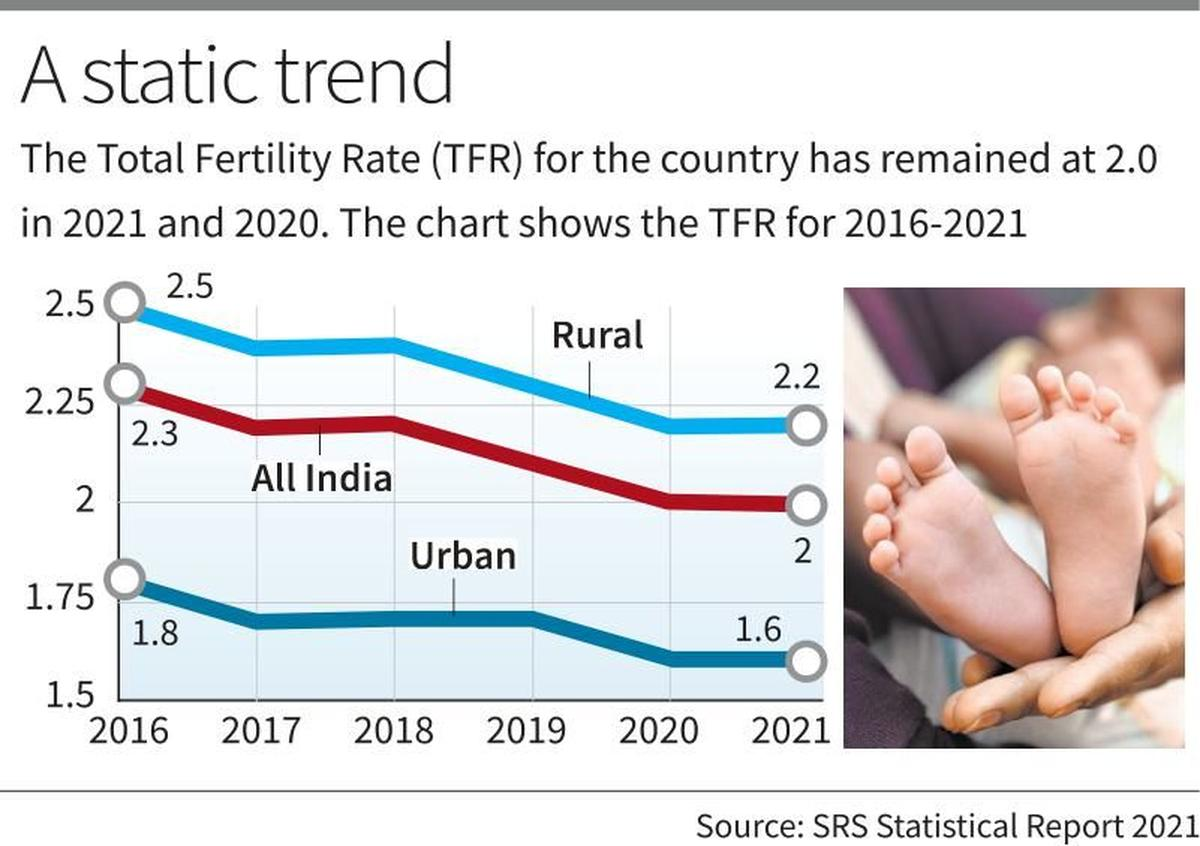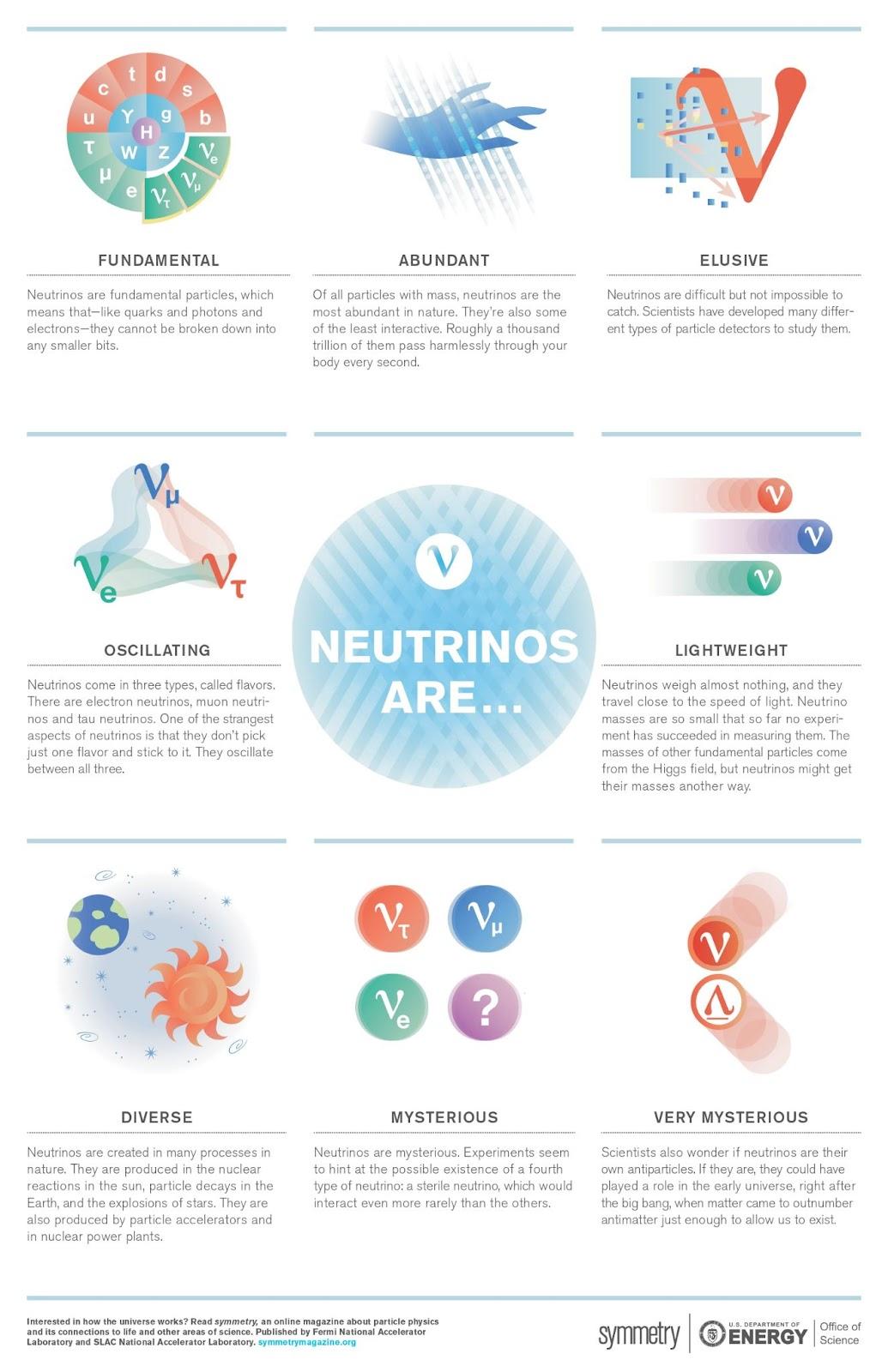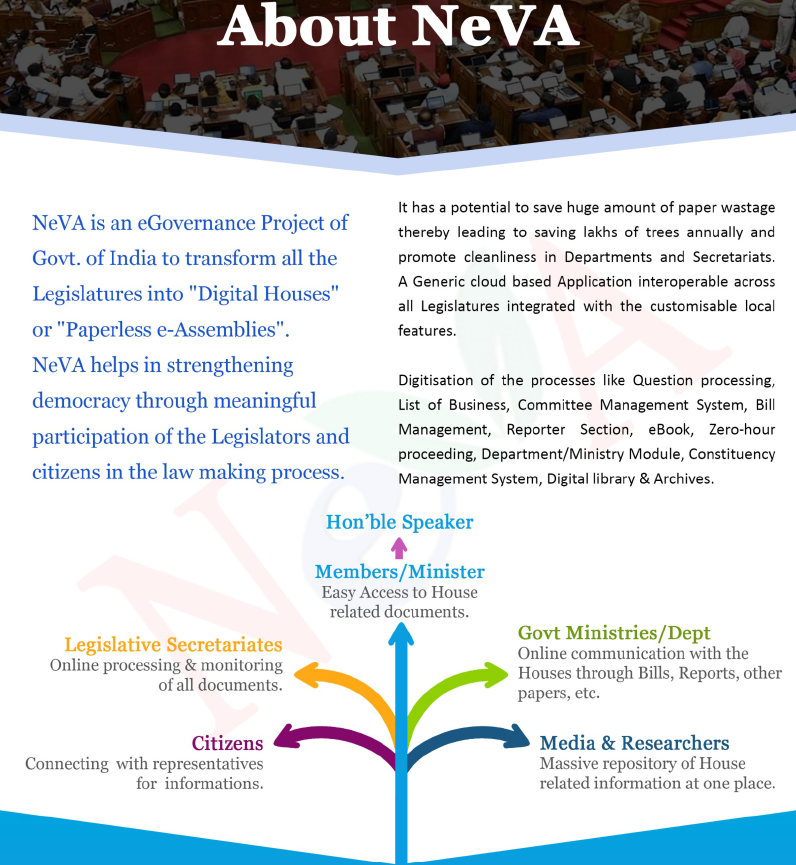Social Justice
Strengthening Women’s Role in Agriculture
For Prelims: Climate Change, Mahila Kisan Sashaktikaran Pariyojana (MKSP), DAY-NRLM, UN FAO, Regenerative Agriculture, Agroforestry, Sub-Mission on Agricultural Mechanisation (SMAM), Namo Drone Didi Initiative
For Mains: Role of Women in Agriculture, Impact of Climate Change on Women Farmers
Why in News?
The United Nations General Assembly (UNGA) has declared 2026 as the International Year of the Woman Farmer, recognising the critical yet often overlooked role of women in global agriculture.
- Women contribute nearly half of the global food supply, making up 60% to 80% of food production in developing countries and 39% of the agricultural labor force in South Asia.
What is the State of Women in Indian Agriculture?
- High Participation Rate: Around 80% of rural women are engaged in agriculture, with 3.6 crore women farmers and 6.15 crore women agricultural labourers (Census 2011).
- They form 33% of the agricultural labour force and 48% of self-employed farmers.
- With rising male migration, women increasingly manage farms independently, marking the feminisation of Indian agriculture.
- Community Management: Women serve as key facilitators for agricultural extension, information dissemination, and community-based natural resource management.

What are the Challenges Faced by Women in Agriculture?
- Gender Inequality in Land Ownership: Despite constituting a significant portion of the agricultural workforce, women own only 14% of agricultural land, just 8.3% as per NFHS-5. This severely limits their access to institutional credit, subsidies, technology, and extension services, curbing their productivity and decision-making power.
- Barriers to Technology, Educational and Skill Adoption: Women farmers face limited access to credit, financial services, and modern technology, restricting their ability to invest in improved agricultural practices.
- Additionally, low levels of formal education, financial literacy, and technical skills hinder their capacity to adopt innovations or scale up agri-enterprises.This limits their capacity to adopt modern and efficient agricultural practices.
- Overburdened & Unrecognised Workload: Women simultaneously manage farming responsibilities, household chores, and childcare, leading to physical exhaustion and time poverty. Their contributions in livestock care, seed preservation, and food processing often go unpaid and unacknowledged.
- Market Exclusion: Limited mobility, lack of transport, and gender-based discrimination in market spaces prevent women from accessing fair markets and remunerative prices. Information asymmetry further marginalises them from value chains.
- Vulnerabilities Due to Climate Change: Climate change exacerbates existing challenges for women farmers by increasing the frequency and severity of natural disasters, such as floods and droughts. It also increases their domestic responsibilities, further limiting their time and resources for farming.
What are India's Initiatives to Support Women in Agriculture?
- Mahila Kisan Sashaktikaran Pariyojana (MKSP) & Sub-Mission on Agricultural Mechanisation: MKSP & SMAM initiatives focus on enhancing the skills of women farmers and provide subsidies for the purchase of agricultural machinery, enabling them to improve productivity and reduce manual labor.
- National Food Security Mission (NFSM): NFSM allocates 30% of its budget to support women farmers across various states and union territories, aiming to improve food security and support women's participation in agriculture.
- Innovative Projects and Initiatives:
- ENACT Project in Nagaon District: By connecting women farmers with agricultural and climate experts via technology, the ENACT project provides weekly advisories, improving access to important agricultural knowledge and strategies to cope with changing weather patterns.
- Promotion of Flood-Resistant Crops and Market Linkages: Initiatives like promoting flood-resistant rice varieties and diversifying livelihoods help mitigate the impact of natural disasters. Additionally, improving market linkages ensures that women farmers can access better markets for their produce.
- Other Initiatives:
- Self-Help Groups (SHGs) and Microfinance promote women's collective action and rural financial inclusion.
- Lakhpati Didi Scheme promotes entrepreneurship, credit access, and financial inclusion for SHGs and rural women entrepreneurs.
- Namo Drone Didi Initiative (2024–26) aims to equip 15,000 women SHGs with drones for providing agricultural services.
- Focus on micro-irrigation and integrated farming, with 30% allocation for women within 50% earmarked for small and marginal farmers under Per Drop More Crop & Rainfed Area Development (RAD).
- Mahila Kisan Yojana provides loans to SC women for self-employment in agriculture and allied sectors.
- Rashtriya Mahila Kisan Diwas is celebrated annually on 15th October to recognize and appreciate the valuable contribution of women farmers in agriculture.
What Steps Should be Taken to Empower Women in Agriculture?
- Leverage the International Year of the Woman Farmer (2026): Utilize this global recognition to promote gender equality in agriculture, raise awareness, and strengthen supportive policies and institutions for women farmers.
- Design Gender-Focused Policies: Formulate agricultural policies based on gender-disaggregated data to address the specific needs and challenges faced by women in agriculture effectively.
- Enhance Access to Resources and Collective Action: Improve women's access to credit, technology, and information, and support women-led self-help groups (SHGs) to increase their participation, bargaining power, and decision-making in agriculture.
Conclusion
The declaration of 2026 as the International Year of the Woman Farmer is an opportunity to catalyse systemic reforms in the agricultural sector. Women farmers are not just beneficiaries; they are agents of change for ensuring food security, rural prosperity, and climate resilience. Unlocking their potential requires rights-based, inclusive, and climate-resilient agricultural policies, grounded in equity and empowerment.
|
Drishti Mains Question Women farmers are central to food security but remain invisible in policy and statistics. Suggest policy measures to bridge this gender gap in Indian agriculture. |
UPSC Civil Services Examination, Previous Year Questions (PYQs)
Prelims:
Q. With reference to the circumstances in Indian agriculture, the concept of “Conservation Agriculture” assumes significance. Which of the following fall under the Conservation Agriculture? (2018)
- Avoiding the monoculture practices
- Adopting minimum tillage.
- Avoiding the cultivation of plantation crops
- Using crop residues to cover soil surface
- Adopting spatial and temporal crop sequencing/crop rotations
Select the correct answer using the code given below:
(a) 1, 3 and 4
(b) 2, 3, 4 and 5
(c) 2, 4 and 5
(d) 1, 2, 3 and 5
Ans: (c)
Q. With reference to the ‘Global Alliance for ClimateSmart Agriculture (GACSA)’, which of the following statements is/are correct? (2018)
- GACSA is an outcome of the Climate Summit held in Paris in 2015.
- Membership of GACSA does not create any binding obligations.
- India was instrumental in the creation of GACSA.
Select the correct answer using the code given below:
(a) 1 and 3 only
(b) 2 only
(c) 2 and 3 only
(d) 1, 2 and 3
Ans: (b)
Mains:
Q. Discuss the various economic and socio-cultural forces that are driving increasing feminization of agriculture in India. (2014)


Facts for UPSC Mains
UNFPA State of World Population Report 2025
Why in News?
The United Nations Population Fund (UNFPA) has released its State of World Population (SOWP) 2025 report titled “The Real Fertility Crisis”. It reaffirms India as the world’s most populous country and highlights critical shifts in fertility, ageing, and reproductive autonomy, urging focus on people’s unmet fertility goals instead of fear of population decline.
What are the Key Highlights of the UNFPA Report 2025 Related to India?
- Population Size and Projections: India’s population in April 2025 is estimated at 146.39 crore, the highest in the world. It is expected to peak at 170 crore in the early 2060s, then gradually decline.
- Life expectancy is projected at 71 years for men and 74 years for women.
- Fertility Rate Trends & Gaps: India’s Total Fertility Rate (TFR) has dropped to 1.9, below the replacement level of 2.1.
- As per Sample Registration System (SRS) 2021, TFR was 2.0, showing national-level achievement.
- However, states like Bihar (3.0), Meghalaya (2.9), and Uttar Pradesh (2.7) still have high TFRs. 31 States/UTs are below replacement level, with urban-rural gaps in 7 states.
- India’s fertility divide reflects regional inequality, high-fertility states like Bihar, UP, and Jharkhand contrast with low-fertility ones like Kerala, Delhi, and Tamil Nadu, due to gaps in education, healthcare, development, and gender norms.
- As per Sample Registration System (SRS) 2021, TFR was 2.0, showing national-level achievement.
- Youth and Working-Age Demographics: India has a strong demographic advantage with 68% of its population in the working-age group (15–64). Children aged 0–14 make up 24%, while 26% are in the 10–24 age group.
- The elderly (65+) account for 7% of the population.
- Barriers to Reproductive Autonomy: Reproductive choices in India are hindered by financial (40%), housing (22%), job (21%), and childcare (18%) constraints, along with health issues like infertility (13%) and poor maternal care (14%).
- Social pressure (19%) and rising anxiety over climate, politics, and economy also impact decisions.
- Policy Recommendations for India: The report urges India to prioritise reproductive rights over population control by ensuring universal access to contraceptives, maternal and infertility care, and safe abortion.
- It recommends removing structural barriers like housing, childcare, and job insecurity, extending services to unmarried, LGBTQIA+, and marginalized groups, improving data on unmet needs, and promoting gender equality and social change through community initiatives.
What are the Key Demographic Statistics for India?
|
Indicator |
Value/Estimate |
|
Median Age |
The median age of India’s population is 28.2 years (World Population Prospects). |
|
Working-Age Population (15-64 years) |
68% of India’s population, approximately 961 million, falls within the working-age group. |
|
Literacy Rate |
According to the National Family Health Survey 2019–21 (NFHS-5), adult men and women (15–49 years old) have literacy rates of 87.4% and 71.5%, respectively |
|
Labor Force Participation Rate (LFPR) |
Male LFPR is 78.8% while female LFPR is 41.7% for the population aged 15 years and above. Overall LFPR for India is 60.1% |
|
Overall Literacy Rate (ages 15+) |
The overall literacy rate for individuals aged 15 and above is 77.7% (NSO, 2021). |
|
Dependency Ratio |
The dependency ratio stands at 47%, meaning there are 47 dependents for every 100 working-age individuals. |
|
Population in Climate-Vulnerable Areas |
Over 80% of India’s population resides in areas vulnerable to climate change impacts. |
|
Prevalence of NCDs and Mental Health Issues |
Over 20% of the population suffers from non-communicable diseases (NCDs), and around 15% face mental health issues. |
What is the United Nations Population Fund?
- About: UNFPA is a subsidiary body of the UN General Assembly and serves as the UN’s key agency for sexual and reproductive health.
- It operates in over 150 countries, covering 80% of the global population.
- Establishment: Started in 1969 as the United Nations Fund for Population Activities, renamed in 1987 as United Nations Population Fund (UNFPA acronym retained).
- Guided by the ICPD Programme of Action (1994, Cairo) and the 2019 Nairobi Statement, focusing on women’s empowerment and reproductive rights.
- Objective: UNFPA aims to ensure every pregnancy is wanted, every childbirth is safe, and every young person’s potential is fulfilled.
- It supports SDGs, particularly SDG 3 (Good Health and Well-being), SDG 4 (Quality Education), and SDG 5 (Gender Equality).
- UNFPA’s 3 transformative goals by 2030 are: achieving zero unmet need for family planning, zero preventable maternal deaths, and zero gender-based violence and harmful practices such as child marriage and female genital mutilation.
- Organisational Structure: UNFPA is guided by UN Economic and Social Council (ECOSOC), reports to the UNDP/UNFPA Executive Board (36 members), and collaborates with WHO, UNICEF, UNDP, and UNAIDS.
- Funding: UNFPA is not funded by the UN regular budget. It is supported entirely through voluntary contributions from governments, private sector, and civil society.
UPSC Civil Services Examination, Previous Year Questions (PYQs)
Prelims
Q1. In the context of any country, which one of the following would be considered as part of its social capital? (2019)
(a) The proportion of literates in the population
(b) The stock of its buildings, other infrastructure and machines
(c) The size of population in the working age group
(d) The level of mutual trust and harmony in the society
Ans: (d)
Q2. India is regarded as a country with “Demographic Dividend”. This is due to (2011)
(a) Its high population in the age group below 15 years
(b) Its high population in the age group of 15-64 year
(c) Its high population in the age group above 65 years
(d) Its high total population
Ans: (b)
Mains:
Q. “Demographic Dividend in India will remain only theoretical unless our manpower becomes more educated, aware, skilled and creative.” What measures have been taken by the government to enhance the capacity of our population to be more productive and employable? (2016)
Q. “While we flout India’s demographic dividend, we ignore the dropping rates of employability.” What are we missing while doing so? Where will the jobs that India desperately needs come from? Explain. ? (2014)


Important Facts For Prelims
Call for Amendment in WPA, 1972
Why in News?
Kerala has requested the Union Government for an amendment to the Wildlife (Protection) Act, 1972 to allow controlled killing of wild animals that threaten human life or agriculture.
- Human-wildlife conflict has intensified, with Kerala observing several casualties between 2016 and 2025.
What are the Challenges with the WPA,1972?
- Restrictions under the Act: The Wildlife Protection Act of 1972 offers high protection to species listed under Schedule I, making it difficult to take swift action against dangerous animals.
- Before lethal measures can be considered, approval must be obtained after confirming that capturing or relocating the animal is not feasible.
- Lack of Immediate Action: Although the district collector can declare a public nuisance, court orders limit their ability to act promptly in wildlife conflicts.
- For Schedule I animals, such as bonnet macaques, the law prevents wildlife wardens from taking proactive action, thus delaying necessary intervention.
What is the Wildlife (Protection) Act, 1972?
- About: It provides a comprehensive legal framework for the protection of wild animals, birds, and plants, the management of their habitats, and the regulation of trade in wildlife and related products.
- The act lists schedules of plants and animals that are afforded varying degrees of protection and monitoring by the government.
- Schedules: Initially, the WPA consisted of six schedules that classified flora and fauna based on levels of protection. This was streamlined to four schedules through the Wild Life (Protection) Amendment Act, 2022, to enhance clarity and align with international commitments. New Classification (Post-2022 Amendment):
- Schedule I – Species granted the highest level of protection.
-
Schedule II – Species under a lower degree of protection.
-
Schedule III – Protected plant species.
- Schedule IV – CITES listed specimens, regulating international trade.
- Key Provisions:
- Section 9: No person shall hunt any wild animal listed in Schedules I, II, III, and IV, except as permitted under Sections 11 and 12.
- Section 11: Chief Wildlife Warden may permit killing if the animal threatens human life or is incurably diseased, and cannot be captured or relocated.
- Section 62: The Central Government may, through a notification, declare any wild animal (excluding those in Schedule I and Part II of Schedule II) as vermin for a specific area and period. While the notification is in force, the animal will be deemed to be included in Schedule V.
- Section 50: Forest officers/police can seize items used in illegal hunting, no emergency powers for local authorities.
UPSC Civil Services Examination, Previous Year Questions (PYQs)
Prelims
Q. Consider the following protected areas:
- Bandipur
- Manas
- Bhitarkanika
- Sunderbans
Which of the above are declared Tiger Reserves?
(a) 1 and 2 only
(b) 1, 2 and 4 only
(c) 2, 3 and 4 only
(d) 1, 2, 3 and 4
Ans: (b)


Rapid Fire
KATRIN Experiment
The Karlsruhe Tritium Neutrino (KATRIN) Experiment closely analyzed the decay of molecular tritium to estimate the mass of the neutrino.
- Situated in Germany, the KATRIN Experiment is designed to measure the absolute mass of neutrinos, some of the most elusive particles in the universe.
Neutrinos:
- About: They are subatomic particles often called "ghost particles", with no electric charge, no size, extremely small mass, and minimal interaction with matter.
- Key Features: They are the second most abundant particles in the universe after photons and the most abundant among all matter particles.
- They are extremely hard to detect, as they interact only via the weak nuclear force.
- They are unaffected by even the strongest magnetic fields and travel in straight lines from their source.
- Types:
| Read More: Detection of Most Energetic Neutrino |


Rapid Fire
Etalin Hydropower Project
The Forest Advisory Committee (FAC) under the Ministry of Environment, Forest and Climate Change (MoEFCC) has granted in‑principle forest clearance for the 3,097 MW Etalin run‑of‑the‑river hydropower project.
- Location: Etalin Hydropower Project is located in the Dibang Valley, Arunachal Pradesh, which is part of the Eastern Himalaya Global Biodiversity Hotspot, one of 36 such hotspots worldwide.
- Rivers: The project involves two gravity dams, one on the Dri River and another on the Talo (Tangon) River, both tributaries of the Dibang River (tributary of Brahmaputra).
- Environmental Impact:
- Deforestation: The project will require the felling of 270,000 trees and the diversion of over 1,100 hectares of unclassified forest land.
- It has faced persistent opposition from the indigenous Idu Mishmi community.
- Biodiversity: The region is home to 6 globally threatened mammal species, 3 of which are endangered, and 3 are vulnerable. It also harbors about 56% of India’s bird species, including 3 rare, restricted-range endemic bird species.
- The area hosts species like tigers, leopards, snow leopards, black bears, musk deer, and Mishmi takin.
- Deforestation: The project will require the felling of 270,000 trees and the diversion of over 1,100 hectares of unclassified forest land.
Run-of-the-River (ROR) Hydropower Project: It is a type of hydroelectric power generation project that utilizes the natural flow and elevation drop of a river to produce electricity, without the need for a large dam or major water storage reservoir.
FAC:
- FAC is a statutory body under MoEFCC, constituted under the Forest (Conservation) Act, 1980.
- It examines proposals for diversion of forest land for non-forest uses like mining, industrial projects, and townships, and advises the government on granting forest clearances. Its role is advisory in nature.
| Read More: Etalin Hydroelectric Project |


Rapid Fire
NeVA Digital Platform Launched in Puducherry
Union Minister of State for Information & Broadcasting & Parliamentary Affairs inaugurated the National e-Vidhan Application (NeVA) platform for the Puducherry Legislative Assembly.
NeVA Platform
- About: NeVA is a workflow-based digital platform launched under the “One Nation, One Application” initiative to digitise legislative functioning in a paperless, efficient, and transparent manner.
- It is funded through 100% central assistance by the Ministry of Parliamentary Affairs, hosted on NIC Cloud – MeghRaj.
- Nagaland was the first state to implement NeVA in 2022.
- Key Features:
- Device-neutral, member-centric platform accessible via tablets and handheld devices.
- Provides real-time access to rules, notices, business lists, bills, bulletins, questions, reports, etc.
- Secure portal for legislators to submit questions and notices.
- Live-streaming support to enhance transparency and citizen access.
- Unified digital repository of legislative data across all States/UTs, eliminating redundant platforms.
- mNeVA mobile app (Android/iOS) provides 24x7 access to legislative data.
- Significance: The move would save 3–5 tonnes of paper annually supporting Digital India, Go Green, and Good Governance, and aligns with the UN Sustainable Development Goals (SDGs).
| Read More: Nine Years of Digital India Initiative |


Rapid Fire
Green Nickel
A new hydrogen plasma-based method for nickel extraction promises a breakthrough in green metallurgy by cutting CO₂ emissions by 84% and improving energy efficiency by 18%.
- This breakthrough is vital as nickel, essential for clean tech like EV batteries (demand >6 million tonnes/year by 2040), currently emits >20 tonnes of CO₂ per tonne, offsetting EVs' environmental benefits.
- About Nickel: Nickel is a silvery-white metallic element, the 5th-most common on Earth, found widely in the crust (80 ppm) and forming a major part of the Earth’s core as a nickel-iron alloy. It also occurs in meteorites, soil, and water, and is an essential nutrient for plants.
- Features: Corrosion resistance, High-temperature stability, Strength, Ductility, Toughness, Recyclability, and Catalytic and electromagnetic properties.
- Reserves: Australia, United States, Brazil, Canada, and China have the largest global nickel reserves.
- In India, nickel occurs in lateritic deposits of Sukinda Valley, Odisha, but is not produced from primary sources.
- Nickel is also found in sulphide form alongside copper mineralization in the East Singhbhum district of Jharkhand.
- The entire demand is met through imports, with limited recovery as nickel sulphate by-product at HCL’s Ghatsila copper smelter in Jharkhand.
- In India, nickel occurs in lateritic deposits of Sukinda Valley, Odisha, but is not produced from primary sources.
- Ores: Ores of Nickel is grouped into their two major categories i.e., sulphide ores and laterite ores.
- Sulphide Ores: Pentlandite, Millerite and Gersdorffite.
- Laterite Ores: Garnierite, Nickeliferous limonite and Saprolite.
- Applications: Stainless steel production, Rechargeable batteries (e.g., lithium-ion batteries for EVs), Alloys (e.g., aerospace), Electroplating, coinage, and catalysts in chemical industries.
- Nickel is listed among India’s 30 critical minerals, alongside others like Bismuth, Cobalt, Copper, Gallium, Germanium, and Graphite.
| Read More: National Critical Mineral Mission |











